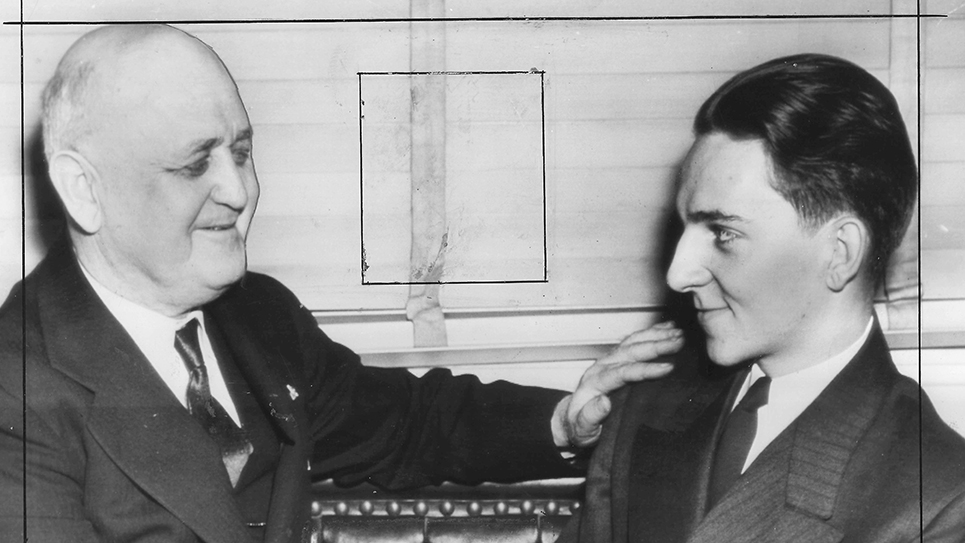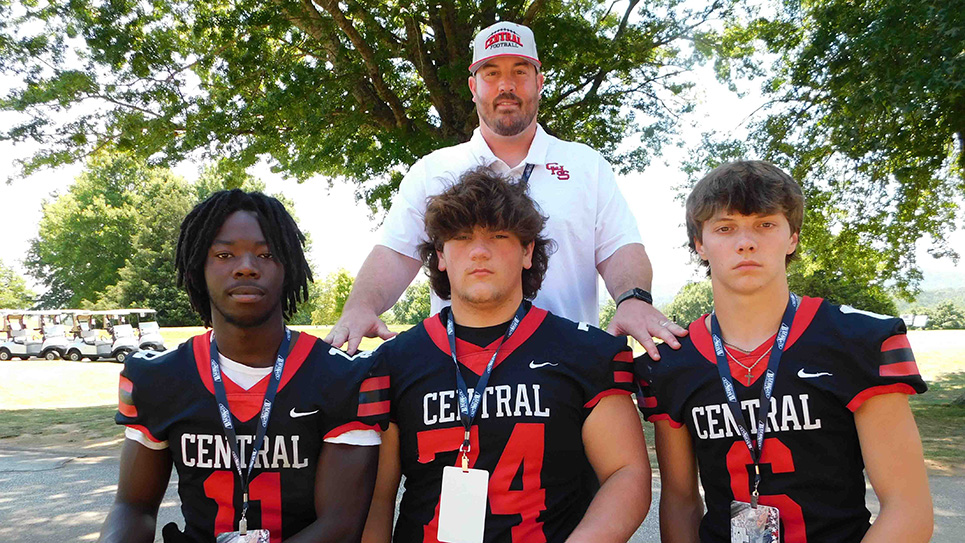NASA and the National Institute of Aerospace, or NIA, have selected the 10 university teams to participate in NASA’s 2nd RASC-AL Special Edition: Mars Ice Challenge. The finalists will design, build, and test prototype systems capable of extracting water from simulated Martian subsurface ice.
Revolutionary Aerospace Systems Concepts – Academic Linkage, or RASC-AL, is a portfolio of university-level engineering design competitions sponsored by NASA and managed by NIA, to engage students and faculty in relevant, real-world aerospace work. The RASC-AL Special Edition: Mars Ice Challenge is a technology demonstration competition specifically targeting novel methods for accessing water frozen under the surface of Mars.
Finalists were chosen through a competitive review of robust proposals. The selected teams will come to NASA Langley Research Center in Hampton, Va., June 6-8, 2018, to represent their universities in the 2018 Mars Ice Challenge. While at NASA, teams will participate in an on-site technology demonstration and water extraction competition.
The following teams are finalists for the 2018 Mars Ice Challenge: Alfred University, Alfred, N.Y., with their project, Sub-Surface Archimedes Screw (SASS); Carnegie Mellon University, Pittsburg, Pa., with their project, Tartan Ice Drilling System (TIDS); Colorado School of Mines, Golden, Co., with their project, Team MINERS (Martian Ice New-age Extraction and Recovery System); Massachusetts Institute of Technology, Cambridge, Ma., with their project, High Yield Dihydrogen-monoxide Retrieval Assembly (HYDRA); Northeastern University, Boston, Ma., with their project, Northeastern University Planetary Articulating Water Extraction System; Rowan University, Glassboro, N.J., with their project, Drill-based Retractable Subterranean Extraction and Unified Separation System (DRSEUSS); University of Tennessee Knoxville, Knoxville, Tn., with their project, This Is Not A Drill (TINAD); Virginia Polytechnic Institute and State University, Blacksburg, Va., with their project, Virginia Tech Ice Extractor (V-TIE); and two teams from West Virginia University, Morgantown, W. Va., with their projects, The VULCAN Drilling System and Development of the Second Generation Mountaineer Ice Drilling Automated System (MIDAS II).
“Due to strong hydrogen signatures, Mars appears to be rich in water frozen under the Marian surface, making the Red Planet a viable destination for us.” says Melvin Ferebee, Director of the Systems Analysis and Concepts Division at NASA Langley. “Water is there, but it is buried. It is absolutely crucial that we figure out a way to effectively and efficiently access that water. And the Mars Ice Challenge provides us with a variety of potential options to start solving that problem.”
The teams now have 6 months before coming to NASA to build, integrate, and test their prototype water extraction systems. Final scoring will be based on their ability to drill through each layer of the simulated subsurface to extract and collect the water found in the ice.
Teams must adhere to specific requirements and must submit both a technical paper, capturing innovations and design, and a technical poster, detailing the team’s “path-to-flight” explanation for how their Earth-based system would be modified for the Martian environment.
Shelley Spears, Director of Education and Outreach at NIA, says “Mars is hard AND doable! This competition squares off one the most important hurdles we face in becoming a two-planet
species – harvesting water – with top university student talent from around the nation. It is very exciting to offer this opportunity to them and witness both the passion and innovation they bring to advancing our journey.”
For information about NASA’s RASC-AL Mars Ice Challenge, visit: http://specialedition.rascal.nianet.org/






